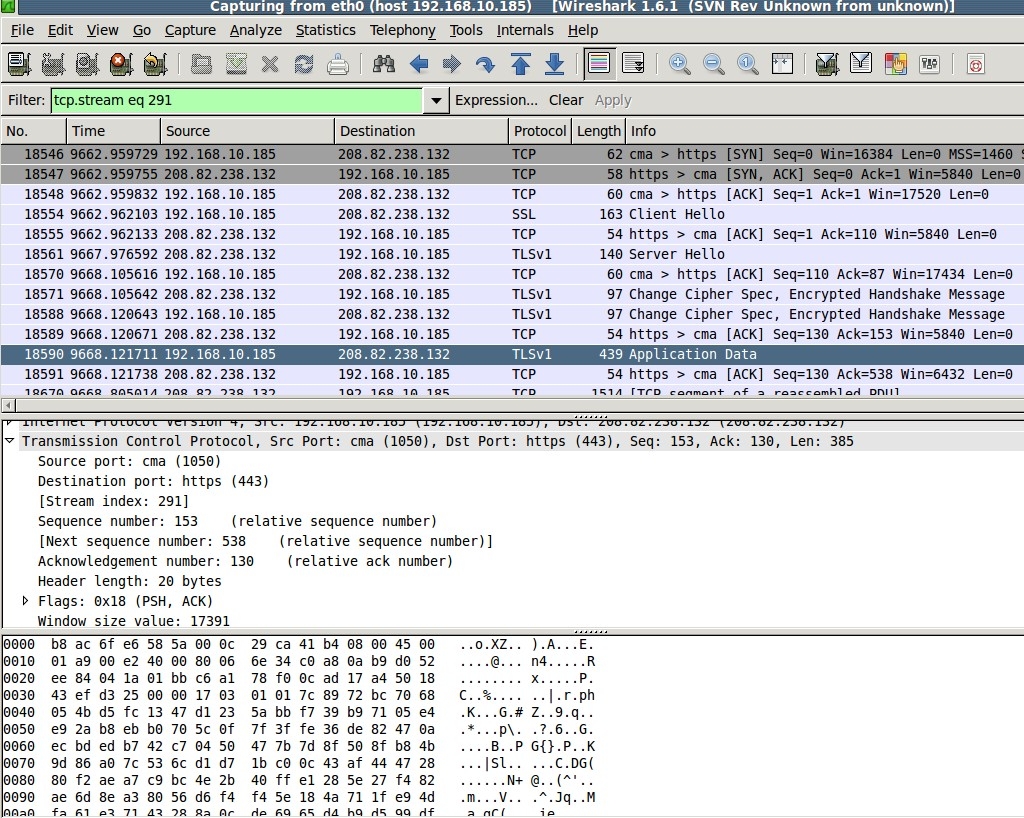

Use Wireshark’s Packet details view to analyze the frame. Once you’ve spotted the request, click on it. Those are the frames you should look for. Regardless, when an unknown host comes online it will generate one or more ARP requests. I’m using my cell phone and toggling the WiFi connection on and off.

Then wait for the unknown host to come online. To pull an IP address of an unknown host via ARP, start Wireshark and begin a session with the Wireshark capture filter set to arp, as shown above. ARP is a broadcast request that’s meant to help the client machine map out the entire host network.ĪRP is slightly more foolproof than using a DHCP request – which I’ll cover below – because even hosts with a static IP address will generate ARP traffic upon startup. When you know the IP address of a host, it’s possible to access and interact with it.įinding an IP address with Wireshark using ARP requestsĪddress Resolution Protocol (ARP) requests can be used by Wireshark to get the IP address of an unknown host on your network. If you think of your local network as a neighborhood, a network address is analogous to a house number. Using Wireshark, you can watch network traffic in real-time, and look inside to see what data is moving across the wire.Īn IP address is a unique identifier used to route traffic on the network layer of the OSI model. It works below the packet level, capturing individual frames and presenting them to the user for inspection. Wireshark is a network monitor and analyzer. Here’s how I use Wireshark to find the IP address of an unknown host on my LAN. But it can also be used to help you discover and monitor unknown hosts, pull their IP addresses, and even learn a little about the device itself.

Wireshark is a powerful tool that can analyze traffic between hosts on your network.


 0 kommentar(er)
0 kommentar(er)
